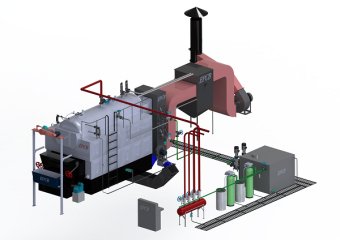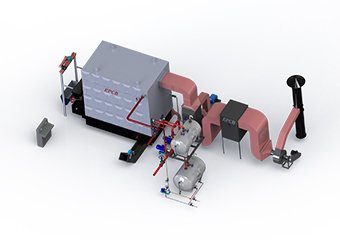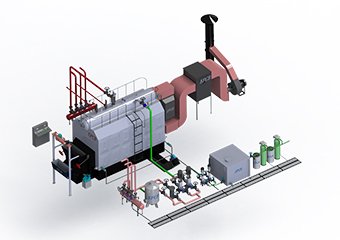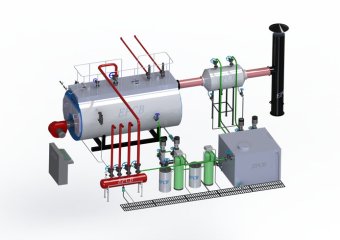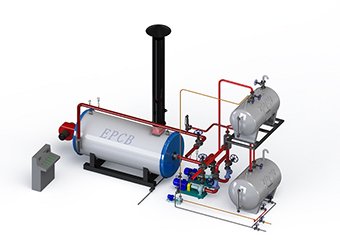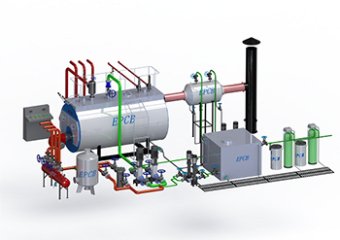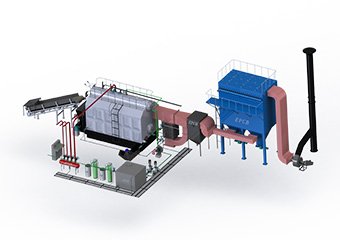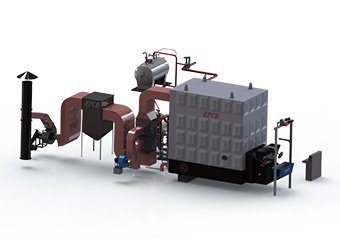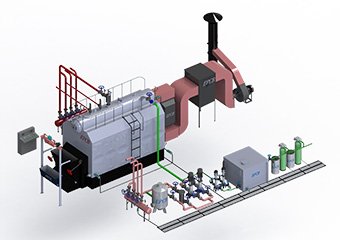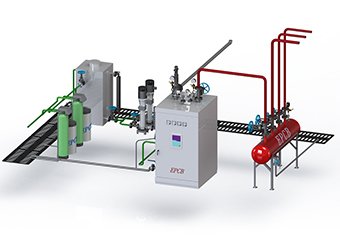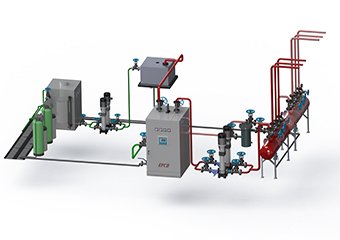For example, the textile mills use boilers to cook the slurry, and the printing& dyeing plants will use the boiler to heat and dry textile, that processes were done manually. However, with the progress of technology, machinery and equipment have come into being. The emergence of the boiler has brought great convenience to the factory. It not only has high efficiency, save manpower and time, but is better than manual completion.
The steam quality of boiler has a decisive effect on the product quality of the dyeing &drying of the textile mill, on the other parts, the consumption of steam boiler fuel in the textile mill is generally relatively large, so the domestic and foreign textile mills to choose the steam boiler, not only can effectively improve the textile quality of textile enterprises to improve production efficiency, but also reduce the labor cost and the operation cost of steam boiler.
Let’s take a look at how to choose suitable steam boilers at home and abroad for a textile factory. In developing countries, because of the low cost of biomass and coal and relatively low environmental protection requirements, textile mills are more 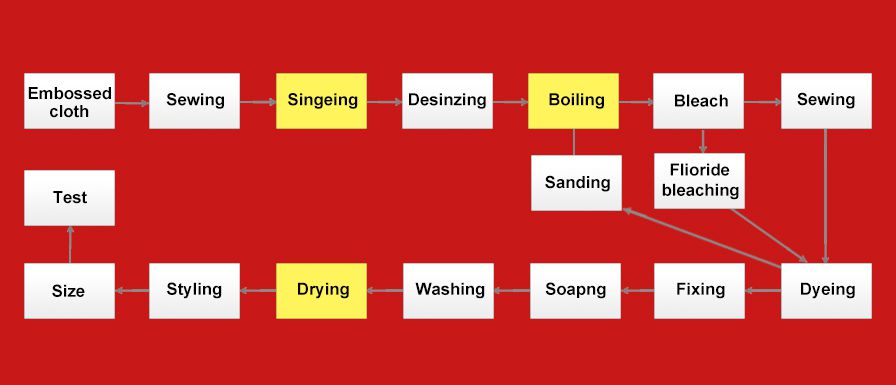
willing to choose coal/biomass steam boilers with lower fuel costs. Compared with the gas-fired boiler, its cost of fuel is indeed higher. But as gas-fired boiler advantages, full automation in operation and only need one pipeline of transportation and installation, it has also become a steam boiler favored by many textile mills at home and abroad.
The boiler which EPCB design for textile enterprise is a kind of fast-loading structure, a whole set plant that has a short installation period, normally can be installed in less a week. In addition, combined with a number of advanced technology, both the combustion efficiency of the boiler equipment and the energy efficiency are very high. So it really saves time and operation costs for textile enterprises.

